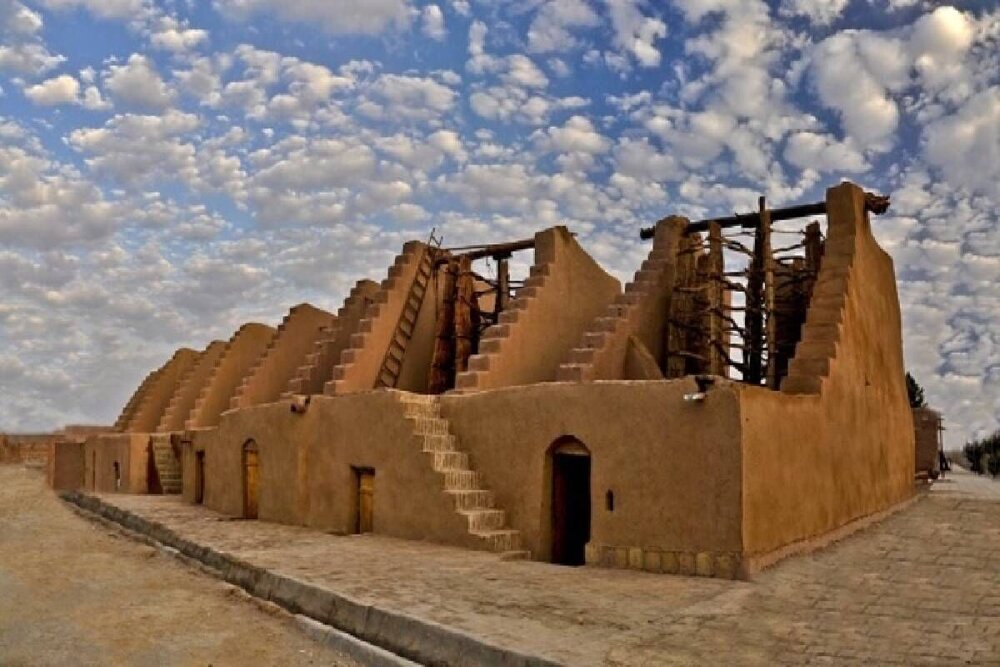Windmills of Sistan-Baluchestan nearer to UNESCO status

TEHRAN – Sistan-Baluchestan is further moving towards inscribing its ancient windmills on the UNESCO list as commencing an aerial mapping project as a preliminary stage.
“We are completing a dossier for a selection of Asbads (windmills) of the province for a [possible] UNESCO registration… and during the recent months, this process has been accelerated,” deputy provincial tourism chief Mansoureh Molla'elahi said on Tuesday.
Aerial mapping of these valuable works has been commenced for seven sites of Asbad, which are expected to be collectively registered on the prestigious list with those located in the provinces of Razavi Khorasan and South Khorasan.
Made of natural clay, straw, and wood, an Asbad is typically comprised of eight chambers, with each chamber housing six blades. As the area’s strong, steady wind enters the chambers it turns the blades, which then turn grindstones. The structures reach up to about 65 feet in height.
The Asbad used to be a smart technique to grind grains. It also bears testimony to the human being’s adaption with nature by transforming environmental obstacles into opportunities. “Asbad is a smart technique to grind grains, a technique which goes back to ancient times when the people living in the eastern parts of Iran, in an attempt to adapt themselves with nature and transform environmental obstacles into opportunities, managed to invent it,” according to UNESCO website.
“The earliest known references to windmills are to a Persian millwright in 644 CE and windmills in Seistan [Sistan], Iran, in 915 CE,” the Encyclopedia Britannica says.
Avid visitors and researchers can examine the subtle yet simple mechanism in person as several windmills have been restored and brought back to life to testify how ancient Iranians harnessed the wind to make a living.
The Islamic Republic designated the Asbad as a national heritage site in 2002.
AFM
Leave a Comment